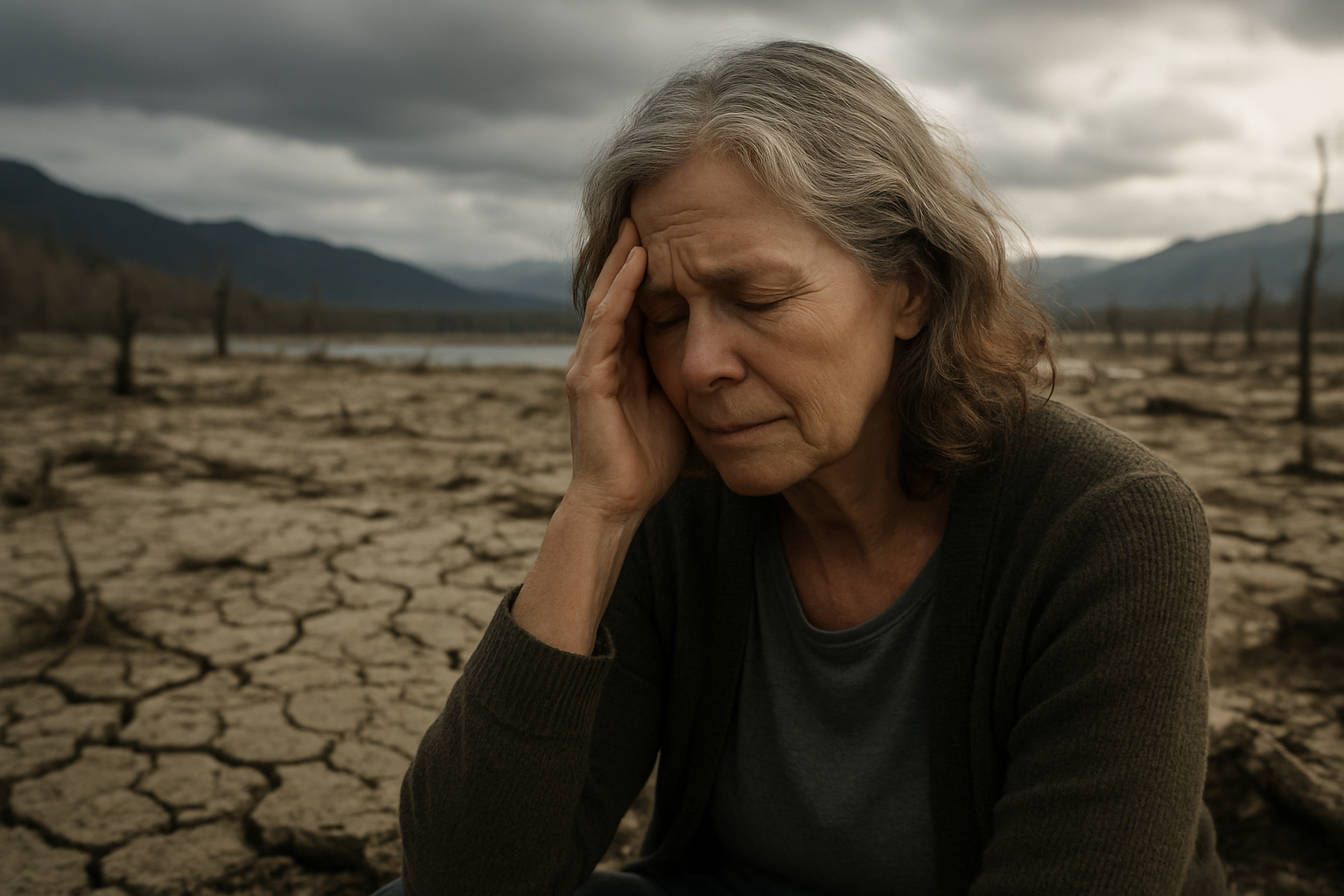Solastalgia: The Emotional Cost of Environmental Change
The intersection of climate change and mental health is giving rise to a new phenomenon: solastalgia. This complex emotional response to environmental degradation is reshaping how we understand our connection to place and community. Read below to explore the profound impact of solastalgia on individuals and society, and discover how this emerging concept is influencing environmental psychology and activism.

The Origins of Solastalgia
Albrecht first observed the symptoms of solastalgia while studying the impact of large-scale mining operations on communities in New South Wales, Australia. Residents reported feelings of powerlessness, melancholy, and a sense of loss as their familiar surroundings were altered beyond recognition. These emotions were not tied to physical displacement but rather to the psychological distress of witnessing their home environment change dramatically.
The concept of solastalgia has since gained traction in environmental psychology and eco-philosophy circles. It bridges the gap between environmental and mental health concerns, highlighting the profound psychological impact of ecological changes on human well-being. As climate change intensifies, solastalgia is becoming a global phenomenon, affecting communities from Arctic villages to Pacific islands.
Manifestations of Solastalgia
Solastalgia manifests in various ways, depending on the nature and pace of environmental change. In rapidly developing urban areas, longtime residents may experience solastalgia as familiar neighborhoods transform into unrecognizable landscapes. Rural communities facing increasing wildfires or floods may grapple with a sense of loss and uncertainty about their future in a place they’ve called home for generations.
The emotional toll of solastalgia can be significant. Symptoms may include anxiety, depression, and a deep sense of grief for the loss of natural environments. In some cases, individuals may experience a form of anticipatory mourning, grieving for landscapes and ecosystems that are still present but threatened by impending change.
Solastalgia and Indigenous Communities
Indigenous communities often bear the brunt of solastalgia due to their deep cultural and spiritual connections to the land. For many indigenous peoples, the environment is not just a backdrop but an integral part of their identity and way of life. As climate change alters traditional lands and disrupts ecological patterns, these communities face not only physical challenges but also profound cultural and spiritual crises.
Research among Arctic indigenous groups, for instance, has shown high levels of solastalgia as sea ice melts and traditional hunting practices become untenable. Similarly, Australian Aboriginal communities have reported intense solastalgia in response to drought and bushfires that threaten sacred sites and disrupt ancient cultural practices.
The Role of Solastalgia in Environmental Activism
As awareness of solastalgia grows, it is increasingly being used as a framework for understanding and addressing the human impact of environmental change. Environmental activists and mental health professionals are collaborating to develop strategies for coping with and mitigating solastalgia.
Some approaches focus on building community resilience through collective action. By engaging in local conservation efforts or sustainable development projects, individuals can regain a sense of agency and connection to their changing environment. Other initiatives emphasize the importance of creating new cultural narratives that acknowledge loss while fostering hope and adaptation.
Solastalgia in the Digital Age
The concept of solastalgia is evolving in the digital age, as our understanding of place and community expands beyond physical boundaries. Social media and virtual reality technologies are creating new ways to experience and connect with environments, both real and imagined. This digital dimension adds complexity to the experience of solastalgia, as individuals may now grieve for places they’ve never physically visited but feel connected to through digital means.
Moreover, the constant exposure to images and news of environmental destruction from around the world can induce a form of global solastalgia. This expanded sense of environmental loss presents both challenges and opportunities for addressing the psychological impacts of climate change on a broader scale.
Future Directions and Implications
As the effects of climate change become more pronounced, solastalgia is likely to become an increasingly important concept in environmental and mental health discourse. Research into solastalgia could lead to new approaches in urban planning, conservation, and climate adaptation strategies that prioritize not just physical resilience but also psychological well-being.
Understanding and addressing solastalgia may also play a crucial role in mobilizing action on climate change. By highlighting the immediate, personal impact of environmental degradation on mental health, the concept of solastalgia makes the often abstract threat of climate change more tangible and urgent.
In conclusion, solastalgia represents a profound shift in how we conceptualize the relationship between humans and their environment. As we navigate the challenges of the Anthropocene, acknowledging and addressing solastalgia will be crucial in fostering resilience, promoting environmental stewardship, and maintaining the mental health of communities worldwide.





